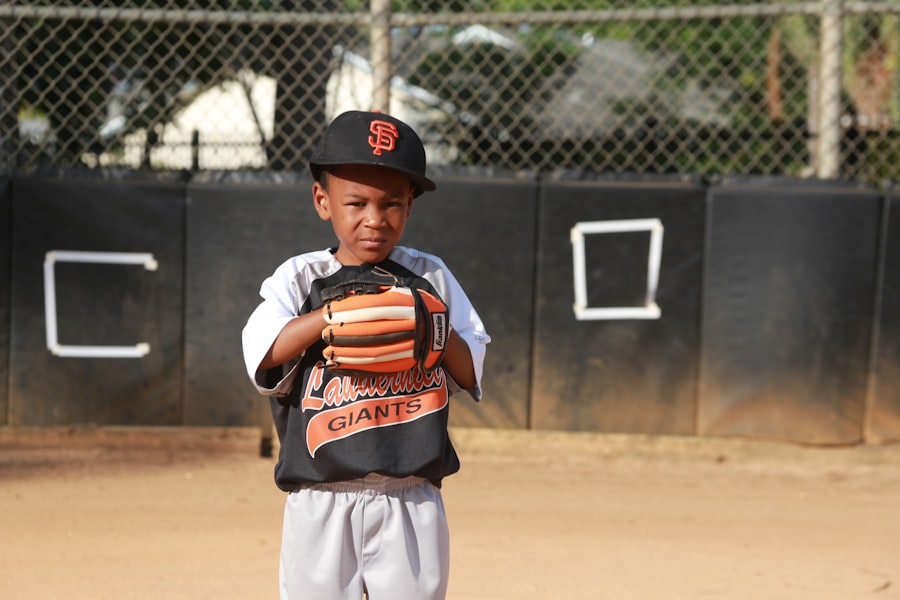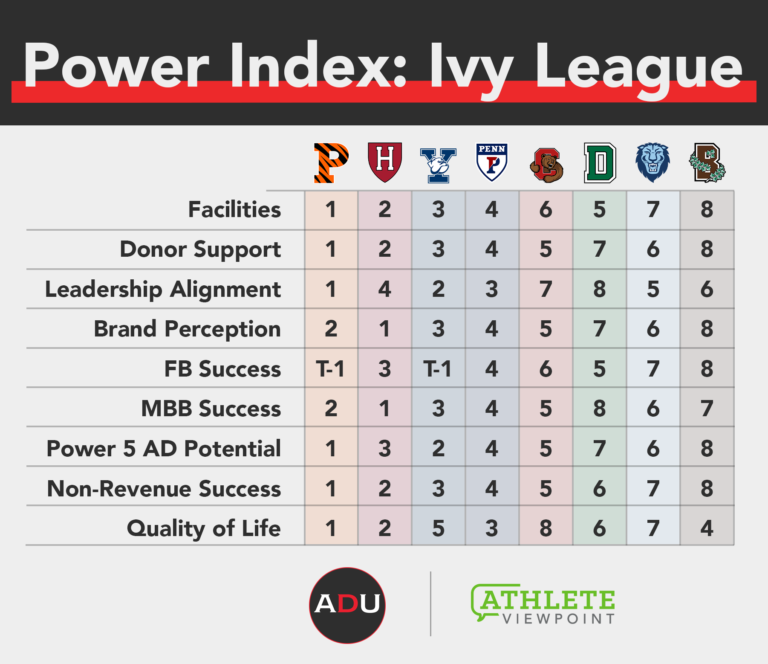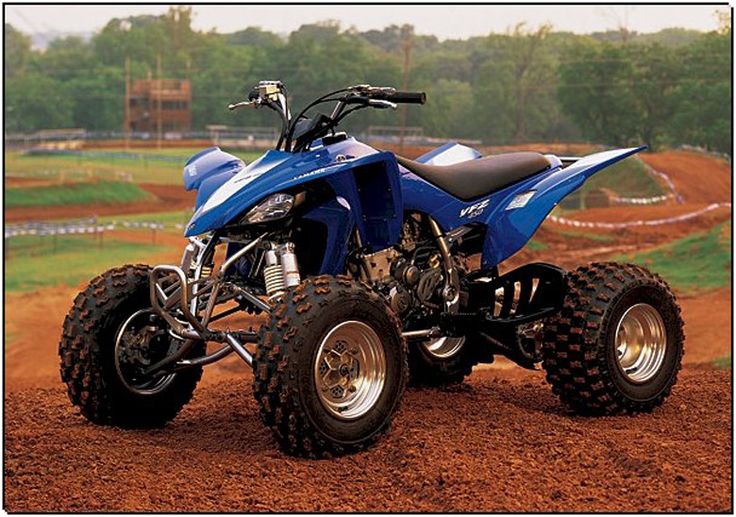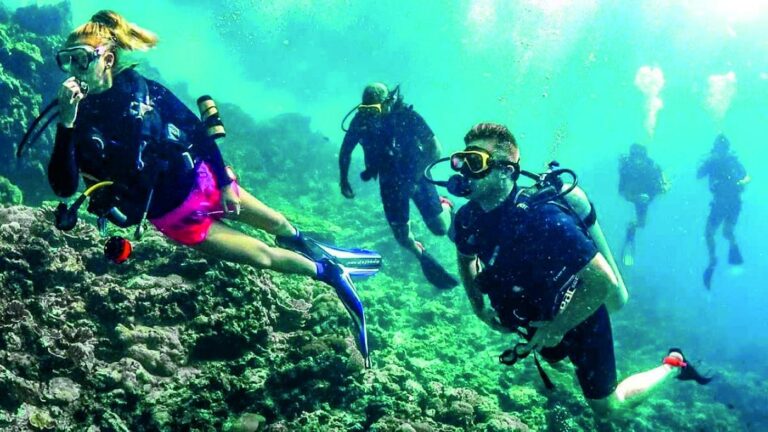Stick sports, such as hockey, lacrosse, and field hockey, are exhilarating and fast-paced games that require skill, agility, and teamwork. However, they also come with inherent risks and dangers. That’s why it is essential for players to wear proper protective gear to minimize the risk of injury. Protective gear not only provides physical protection but also boosts confidence and allows players to focus on the game without worrying about potential injuries.
Playing stick sports without proper gear can lead to serious injuries. Without the right equipment, players are vulnerable to concussions, broken bones, dental injuries, eye injuries, and more. These injuries can have long-lasting effects on a player’s health and well-being. Therefore, investing in high-quality protective gear is crucial for anyone participating in stick sports.
Types of Stick Sports and Their Associated Risks
There are several types of stick sports, each with its own set of risks and dangers. Hockey, for example, is a high-contact sport that involves fast skating and aggressive play. The risk of collisions with other players or the boards is high, making head injuries a significant concern. Lacrosse is another stick sport that involves physical contact and fast-paced gameplay. The risk of getting hit by a ball or a stick is prevalent in lacrosse, making eye protection and mouthguards essential.
Field hockey is a non-contact sport but still carries risks. Players can get hit by the ball or struck by another player’s stick accidentally. Shin guards are crucial in field hockey to protect against these impacts. Additionally, all stick sports carry the risk of hand injuries from sticks or balls hitting the hands during play.
Helmets: The Most Important Piece of Protective Gear
In stick sports, helmets are arguably the most important piece of protective gear. They provide crucial protection for the head and brain, reducing the risk of concussions and other head injuries. Helmets for stick sports are designed to absorb and distribute the force of impacts, protecting the skull and brain from injury.
There are different types of helmets available for stick sports, including ice hockey helmets, lacrosse helmets, and field hockey helmets. These helmets have specific features tailored to the needs of each sport. For example, ice hockey helmets have a full face cage or visor to protect the face from pucks and sticks, while lacrosse helmets have a specific design to protect against ball impacts.
Mouthguards: Protecting Your Teeth and Jaw
| Topic | Data/Metrics |
|---|---|
| Importance of Mouthguards | – 200,000 oral injuries prevented annually by mouthguards – 60% of all dental injuries are sports-related – Mouthguards can reduce the risk of concussion by absorbing shock |
| Types of Mouthguards | – Stock mouthguards: pre-made and inexpensive, but may not fit well – Boil-and-bite mouthguards: can be molded to fit individual teeth – Custom-made mouthguards: most expensive, but provide the best fit and protection |
| Proper Care and Maintenance | – Rinse mouthguard with water after each use – Store in a ventilated container – Replace mouthguard if it becomes worn or damaged |
| When to Wear a Mouthguard | – During contact sports such as football, hockey, and boxing – During non-contact sports such as gymnastics and skateboarding – During any activity that poses a risk of dental injury |
Mouthguards are essential in stick sports to protect the teeth and jaw from impact injuries. A mouthguard acts as a cushion, absorbing the force of blows to the face and reducing the risk of dental injuries, jaw fractures, and concussions. Without a mouthguard, a player is at a higher risk of losing teeth or suffering severe oral injuries.
There are different types of mouthguards available for stick sports, including stock mouthguards, boil-and-bite mouthguards, and custom-made mouthguards. Stock mouthguards are pre-formed and come in various sizes but may not provide the best fit. Boil-and-bite mouthguards can be molded to fit the individual’s teeth by boiling them and then biting into them. Custom-made mouthguards are made by dental professionals and offer the best fit and protection.
Eye Protection: Shielding Your Vision from Injury
Eye protection is crucial in stick sports to prevent eye injuries caused by balls, sticks, or accidental contact with other players. Eye injuries can range from minor scratches to more severe damage that can lead to vision loss. Wearing proper eye protection significantly reduces the risk of these injuries.
There are different types of eye protection available for stick sports, including goggles and visors. Goggles are specifically designed for women’s lacrosse and field hockey, providing full coverage and protection for the eyes. Visors are used in ice hockey and lacrosse and attach to the helmet, shielding the eyes from impacts while allowing for better visibility.
Shin Guards: Preventing Leg Injuries

Shin guards are essential in stick sports, particularly field hockey, to protect against impacts to the lower legs. Field hockey involves a lot of running and stick-to-stick contact, increasing the risk of accidental hits to the shins. Shin guards provide a layer of protection, reducing the risk of fractures, bruises, and other leg injuries.
There are different types of shin guards available for stick sports, including slip-in shin guards and ankle shin guards. Slip-in shin guards are worn under socks and provide full coverage for the shins. Ankle shin guards offer additional protection for the ankles, which can be vulnerable to injury in stick sports.
Gloves: Enhancing Grip and Protecting Hands
Gloves are an essential piece of protective gear in stick sports as they enhance grip and protect the hands from impacts. Gloves provide padding and support for the hands, reducing the risk of fractures, sprains, and cuts. They also improve grip on the stick, allowing players to have better control over their movements.
There are different types of gloves available for stick sports, including ice hockey gloves, lacrosse gloves, and field hockey gloves. Ice hockey gloves have additional padding on the backhand and fingers to protect against impacts from pucks and sticks. Lacrosse gloves have specific designs to allow for better stick handling and flexibility. Field hockey gloves provide protection for the hands while maintaining dexterity.
Choosing the Right Size and Fit for Your Protective Gear
Choosing the right size and fit for protective gear is crucial to ensure maximum protection and comfort. Ill-fitting gear can be ineffective in providing adequate protection or may hinder movement during gameplay. Here are some tips for choosing the right size and fit for each type of gear:
– Helmets: Measure the circumference of your head and choose a helmet size that corresponds to your measurement. The helmet should fit snugly but not be too tight or too loose. Adjust the straps and padding inside the helmet for a secure and comfortable fit.
– Mouthguards: Follow the manufacturer’s instructions for fitting boil-and-bite mouthguards. Custom-made mouthguards should be made by a dental professional to ensure the best fit. The mouthguard should cover the upper teeth and fit securely without impeding breathing or speech.
– Eye Protection: Choose goggles or visors that fit securely and comfortably on your face. The eye protection should provide full coverage and not obstruct your vision. Adjust the straps or attachments to achieve the right fit.
– Shin Guards: Measure the length of your shin from the ankle to just below the knee. Choose shin guards that correspond to your measurement. The shin guards should cover the entire shin and fit securely without sliding or shifting during play.
– Gloves: Measure the circumference of your hand at its widest point, typically around the knuckles. Choose gloves that correspond to your measurement. The gloves should fit snugly but allow for flexibility and movement of the fingers.
Maintaining and Replacing Your Protective Gear
Maintaining and replacing protective gear is essential to ensure its effectiveness and longevity. Over time, gear can become worn out, lose its protective qualities, or no longer fit properly. Here are some tips for maintaining and replacing each type of gear:
– Helmets: Inspect your helmet regularly for any signs of damage, such as cracks or dents. Clean the helmet according to the manufacturer’s instructions to remove dirt and sweat buildup. Replace your helmet if it becomes damaged or no longer fits properly.
– Mouthguards: Rinse your mouthguard with water after each use and clean it with a toothbrush and toothpaste regularly. Inspect your mouthguard for any signs of wear or damage, such as tears or holes. Replace your mouthguard if it becomes damaged or no longer fits properly.
– Eye Protection: Clean your goggles or visor regularly with mild soap and water. Inspect the lenses for any scratches or cracks that may impair your vision. Replace your eye protection if it becomes damaged or no longer fits properly.
– Shin Guards: Clean your shin guards with mild soap and water after each use. Inspect them for any signs of wear, such as fraying straps or loose padding. Replace your shin guards if they become damaged or no longer fit properly.
– Gloves: Clean your gloves according to the manufacturer’s instructions to remove dirt and sweat buildup. Inspect them for any signs of wear, such as torn seams or worn-out padding. Replace your gloves if they become damaged or no longer fit properly.
Prioritizing Safety in Stick Sports
In conclusion, protective gear is essential for anyone participating in stick sports. It provides crucial protection against head injuries, dental injuries, eye injuries, leg injuries, and hand injuries. By investing in proper gear and maintaining it regularly, players can prioritize their safety and minimize the risk of serious injuries.
When choosing protective gear, it is important to consider the specific needs of each sport and ensure a proper fit. Helmets, mouthguards, eye protection, shin guards, and gloves all play a vital role in keeping players safe during stick sports. Regular maintenance and replacement of gear are necessary to ensure its effectiveness and longevity.
Remember, safety should always be a top priority in stick sports. By wearing proper protective gear and following the rules and guidelines of the game, players can enjoy the thrill of stick sports while minimizing the risk of injury.
If you’re wondering what kind of protective gear to wear when playing stick sports, you might also be interested in checking out this article on Off to Sports about sports that require a helmet. Helmets are essential in many stick sports like hockey and lacrosse to protect players from head injuries. To learn more about the importance of helmets and which sports require them, click here: https://offtosports.com/sports-that-require-a-helmet/.
How Can Choosing the Right Protective Gear Prevent Stick Sports Injuries?
Choosing the right protective gear is crucial in reducing the likelihood of severe injuries during play. Proper equipment not only enhances performance but also minimizes impact from accidents, accelerating stick sports injury recovery by preventing complications. Ensuring a secure fit and high-quality materials can make all the difference during intense matches.





